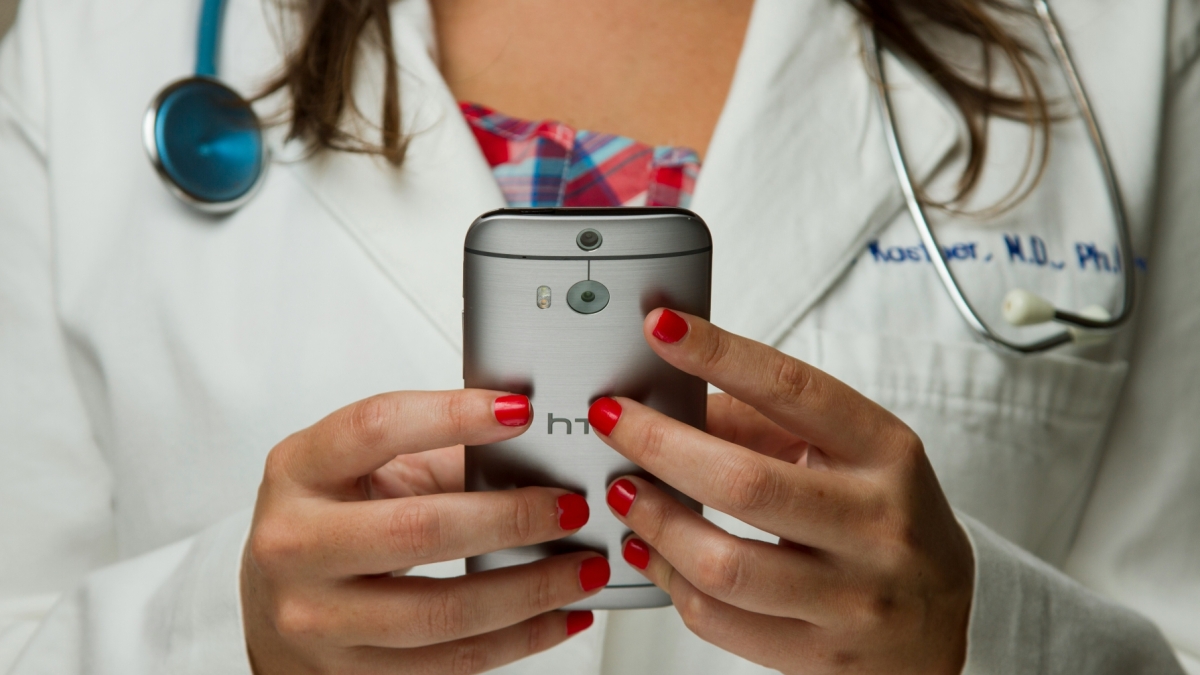 Photo by National Cancer Institute from Unsplash
Photo by National Cancer Institute from Unsplash
The genius in ‘SuperApps’ for healthcare is access and reach
Hospitals that embrace digitalisation stay ahead in population healthcare.
Healthcare is increasingly leaning towards digitalisation as popular engagement proves to drive more patients to hospitals and boosts health awareness towards the population.
“The biggest challenge that healthcare has to face is bringing patients to hospitals,” Dr. Gaurav Sharma, Senior Project Manager for Roland Berger told the crowd at the Healthcare Asia Summit 2024 held recently in Singapore.
Sharma continued: “You might do 20 million things to keep a patient out of the hospital, you want to do population health; but sometimes the patient needs a doctor and sometimes you need to connect the doctor to a patient who doesn’t have time.”
This is why hospitals are encouraged to use “SuperApps,” because they pamper patients with convenient access to healthcare.
“Around 89% of doctors want to recommend it. Interestingly, 75% of the patients also prefer not to come to the hospital and would connect to a hospital on a different platform,” Sharma said.
A SuperApp enables direct connections between patients and doctors with just a few taps, eliminating the need for hospital visits, cutting travel costs and energy, and reducing the risk of missed appointments. Not surprisingly, it is also credited for improving clinical outcomes.
“[This] improves the patient NPS (Net Promoter Score) and once a patient is satisfied, they’ll come back to your hospital and [a] SuperApp is an important part of it,” he added.
In the healthcare industry, a facility and its services are scored through the NPS’s one-question metric answered by patients, which gauges their likelihood to recommend the hospital to others.
“In many economies, SuperApps have become great value creators, be it in screening, monitoring, diagnosis, digital front door, [or as] many people actually refer to it, digital pharmacy, which is another important product,” Sharma said.
Maximising SuperApps
Sharma emphasised that for hospitals to effectively leverage SuperApps, they must oversee the deep integration of clinical support and technology, ensuring fast and convenient medical services for those in need.
“There should be intervention in diagnostics. There should be a seamless patient experience, a patient booking an appointment on an app and waiting for 15 to 20 minutes for a doctor is never going to book another appointment there,” he said.
Sharma also stressed the significance of having a superior UI and UX (user interface and user experience). “No one would use a hospital app that only provides a phone number for contacting the hospital,” he said.
By offering an exceptional UI and UX, hospitals can ensure the engagement necessary for any mobile application. Paired with effective app distribution strategies, hospitals can reach a broader audience of patients seeking remote medical services.
He affirmed that hospitals that successfully utilised a SuperApp have partnered with telecommunications companies; built customised programmes for wellness, metabolic diseases, and chronic diseases; and provided excellent customer support. This effort resulted in approximately 620,000 daily active users and around US$200m share in gross national product (GNP).
“[For example, in one] AI telehealth app focused on providing doctor consultation and diagnosis on subscription modelling and health for chronic patients, a physician connected [and asked the patient], ‘What are you suffering from?’ [This is] great tech, sometimes the tech [doesn’t even have to] talk with the patient or the doctor,” Sharma illustrated.
“A partnership-driven marketing strategy is essential for expanding reach; it is not limited to telcos; it can involve partnerships with any entity that has significant reach.”
Profit-wise, investing in a SuperApp is advantageous. With the increasing prevalence of private insurance, each time a patient uses the hospital or the app, they incur charges, driving significant technological interest.
Furthermore, hospitals should custome the app to address lifestyle diseases, which affect a large portion of the population. Currently, almost 62% of deaths in Southeast Asia are due to noncommunicable diseases or NCDs, and a huge portion of this population is still predominantly young with high digital literacy.
“A strong doctor engagement is essential for a successful SuperApp. Without a doctor, without a hospital, an app is not going to function,” said Sharma.























 Advertise
Advertise






